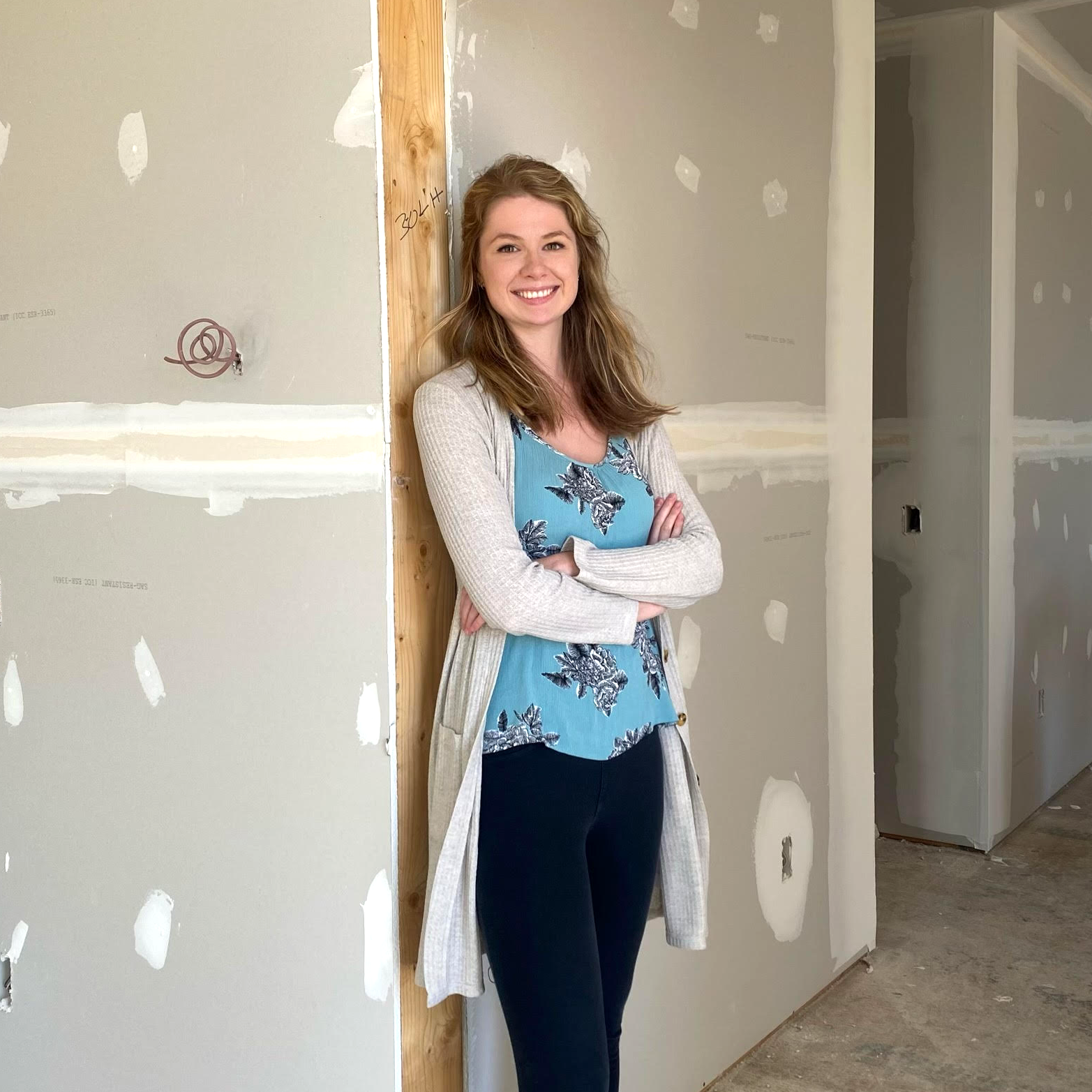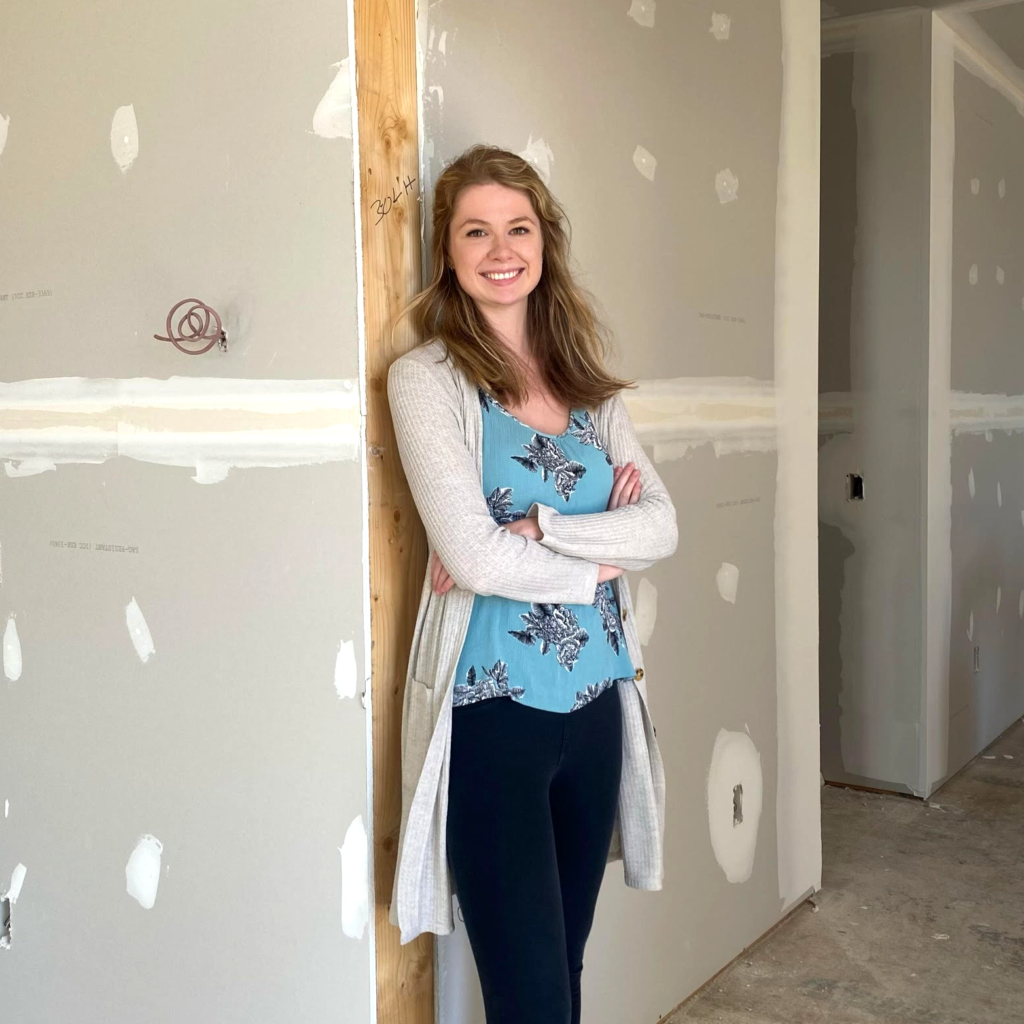
In my brief time working in the architectural industry, I have seen the power of collaboration. Those in the industry reaching out and helping me become a better professional have been a key to my success. The powerful action of those that are in front of me in their careers is a gift and I am grateful to have their wisdom and advice as I grow professionally. To this end, I was inspired to give back to those coming into the industry behind and beside me. So, this year, I co-founded EmergeAEC (EmergeAEC.com), a platform that supports emerging professionals across architecture, engineering, and construction so that we can build stronger foundations of communication and education across AEC while supporting each other.
This edition of Associated Thoughts is dedicated to the students and emerging professionals looking for that real-world experience in an architecture office and how we, as professionals working in architecture, can better support these future architects through job shadow opportunities.
How to Professionally Prepare Yourself for Becoming an Architect Through Short-Term Job Shadowing Opportunities
Job shadowing, similar to interning, allows students and recent graduates to observe architecture offices and ask questions to figure out where their passion lies within the industry. Unlike internships, however, most job shadow opportunities are more informal consisting of a few meetings. During these encounters, it is important to have a clear learning objective and communicate with your mentor so that both of you can maximize your time in an architectural office.
The first step to finding a job shadowing opportunity is to reach out to architectural firms in your local area, either over email or with a phone call. Look for architects or project managers that you admire and explain that you are a student or recent graduate looking to learn more about architectural firms and day-to-day activities. They may invite you to their office or schedule a Zoom call, but they may also direct you to some online resources about architecture – both are valuable, and don’t be discouraged if you cannot find a mentor immediately.
If architectural firms in your area are scarce, widen your search range and reach out to firms by asking for virtual job shadow opportunities. A thirty-minute Zoom call to ask questions and hear from an architect is more valuable than giving up your search. Having experience with a diverse range of firms will give you a better idea of the kind of firm and the type of work you will enjoy.
Job shadowing allows you to gain experience in an architectural firm by seeing first-hand the typical pace and process for projects coming through the office. You may also have the opportunity to gain experience, such as schematic design, or learn about which software is being used and why, such as AutoCAD, Revit, or SketchUp. Every office and mentor will be different, so here are some benefits and tips for job shadowing that you can tailor to each opportunity.
Benefit 1: Portfolios & Resumes
Take the opportunity to update your portfolio before reaching out to architectural firms so that the architect or project manager has an idea of your design experience. It also serves as a jumping-off point when you do meet with your mentor by discussing your projects and design process thinking. Throughout your time job shadowing, you and your mentor may also develop a practice project that can enhance your portfolio. Any skills or software you learn can also build your resume by showing you have firsthand experience in an office. Learning these skills and software through a short-term job shadow won’t be enough for resume proficiency, but they open the doors to spend time developing those skills on your own time and for future job shadow opportunities.
Benefit 2: Professional Development
Reaching out to an architectural firm is step one to finding a job shadow opportunity, but that first step contains some of the most important lessons in professional development: Initiative and networking. Taking the initiative to develop your professional skills will open doors that others will not know exist because you are creating your own opportunities. When others see that you have the drive to succeed and learn, people will want to help you, and that is where networking comes in. Talk to your professors who may be able to connect you with fellow architecture professionals and take the initiative to reach out and continue building relationships. Once you have found a mentor to work with, brush up on your interviewing skills; Although job shadowing isn’t an internship or job, it’s a lower-stakes opportunity to develop a professional skill that will again benefit your future job searches.
Benefit 3: Sketching Future Plans
Learn what kinds of architectural firms or projects are the best fit for you by experiencing them first-hand. Firms can range in size from one to thousands of employees, and many of these firms can have vastly different structures and work cultures. Other firms may also specialize in specific projects, such as hospitality, education, residential, etc. with different approaches to each type. Architecture has many branches and specializations, so by job shadowing in different office structures, you will not only be networking with experienced architects but also educating yourself on what office culture will best align with your future goals when you begin your job search.
Tip 1: Job shadowing is short-term.
Plan to spend a few days a week maximum with your mentor. Because you are observing, asking questions, and learning, job shadowing is typically unpaid, unless you are working on a project where your time will be billed to a client. Unpaid internships are illegal, so stay aware of any projects you are putting work into by asking questions and having an end goal for your job-shadowing experience, such as a mentor-mentee project.
Tip 2: Develop a project with your mentor.
Mentor-mentee projects are an excellent method for learning about the architectural development process because you are learning over a real-world, though the hypothetical, project. For example, your mentor may pose as a client with specific requirements for their project, and it will be your job to translate what is in their mind into a floorplan and eventually a virtual model. Having a project also serves as a medium for learning new software or applying new skills so that by the end of your job shadowing, you can highlight this project in your portfolio. To make the most of your meetings, try working on your project at home so that you and your mentor can spend more time in-person (or virtually) discussing your project, reviewing questions, and shadowing around the office.
Tip 3: Treat your job shadowing opportunity like a job.
Establish consistency and effective communication with your mentor early on. Communicate your availability, arrive on time, and act professionally in the workplace. Not only is your mentor spending their work time to support you, but you are also building a relationship for future job references or ongoing mentorship opportunities. Job shadowing is not “your job,” but it is a professional development opportunity that is teaching you skills for your future career.
I started job shadowing in high school when I was enrolled in architectural classes at my local technical center. Those opportunities gave me the confidence to reach out to architectural firms in college and earn my first internship, which turned into a full-time designer position when I graduated from college. Not every job shadowing opportunity will turn into a long-term position, but you will learn more about the industry and develop professional skills that will benefit you for years to come.
If I can offer more guidance or connect you with architectural firms across Virginia, please do not hesitate to contact me. Shoot me an email, connect with me on LinkedIn, or DM me on Instagram through EmergeAEC so we can chat. My contact information is below. Additionally, if you are a practicing architecture professional, share this Associated Thoughts with your mentees or on social media so that we can support more students and emerging professionals.
As always, I’m here for you.
Caitlin Morgan, Assoc. AIA, CSI-EP, CDT
Associate Director, AIA Virginia
Contact:
Email: caitlin@thegainesgroup.com
LinkedIn: https://www.linkedin.com/in/caitlin-morgan-cdt-associate-aia-csi-ep-676b0a126/
Instagram: (@)emerge.aec
Website: EmergeAEC.com

